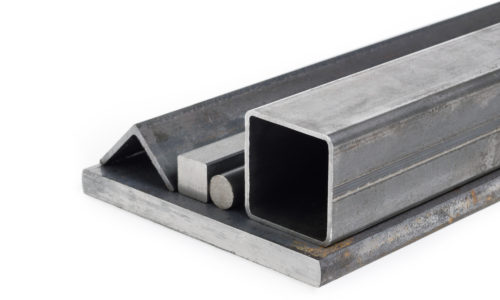Why do you need bandsaw blades to cut mild steel? And, what is it? This article is here to answer all of your questions. From workshops, to construction, you will benefit from a bandsaw blade to cut mild steel.
Mild steel is one of the most common materials you’ll come across. This is the #1 reason why you’ll need bandsaw blades to cut mild steel.
Mild steel is a type of carbon steel with a low level of carbon. The level of carbon can vary, dependent on the source. It’s also often known as ‘low carbon steel’. The carbon amount is generally between 0.5% and 0.25%.
High carbon steel has a carbon content of 0.30% to 2%. Anything higher is classified as cast iron.
Now, what blades can be used? As per usual, it all depends on the thickness, shape and desired outcome. Here is a quick guide to help you decide.
|
General Purpose Blade |
Bi-Metal M42 – 10-18 TPI |
|
Solid Mild Steel Bar |
Bi-Metal M42 – 18-24 TPI (cut slowly) |
|
Hollowed Steel |
Bi-Metal M42 – Variable Pitch TPI 6-10 |
|
Angled Steel |
Bi-Metal M42 – 10 TPI |
|
Steel Channel |
Bi-Metal M42 – Variable Pitch TPI 8-12 or 6-10 |
|
Mild Steel Plate |
Bi-Metal M42 – Variable Pitch 10-14 TPI |
If you’re after a smooth finish, it’s a good idea to opt for a higher TPI.
One tip you always need when using a bandsaw. 3 teeth need to ALWAYS be in the work piece when cutting. If not, you risk dulling the teeth, damaging the blade, etc.
Here are some resources on getting started with bandsaw blades, and a TPI guide if you’re unsure. If you’re stuck, don’t hesitate to contact one of our dedicated customer service representatives via 03 9005 7931, live chat, or email.


 Shipping Australia Wide
Shipping Australia Wide




















